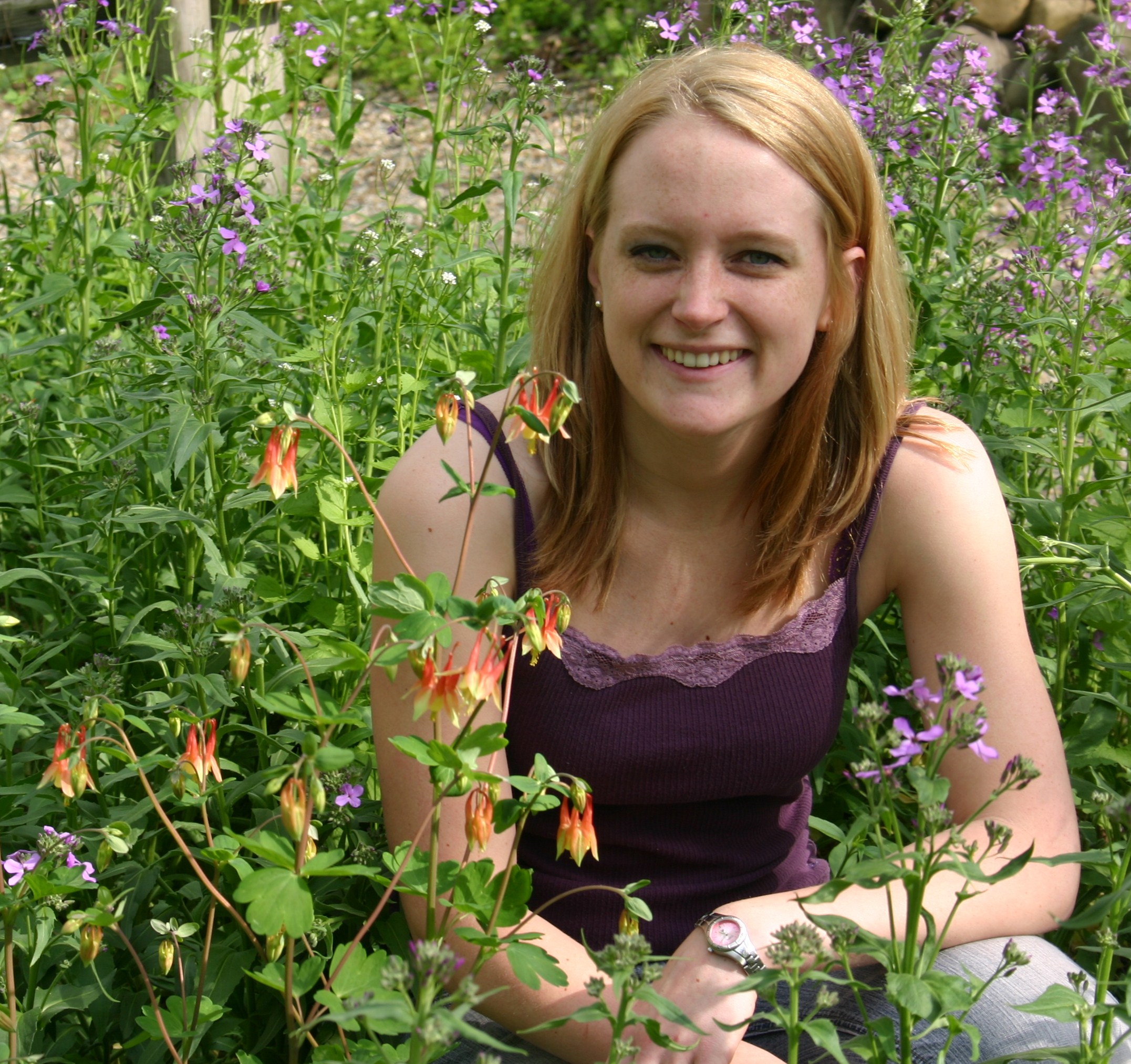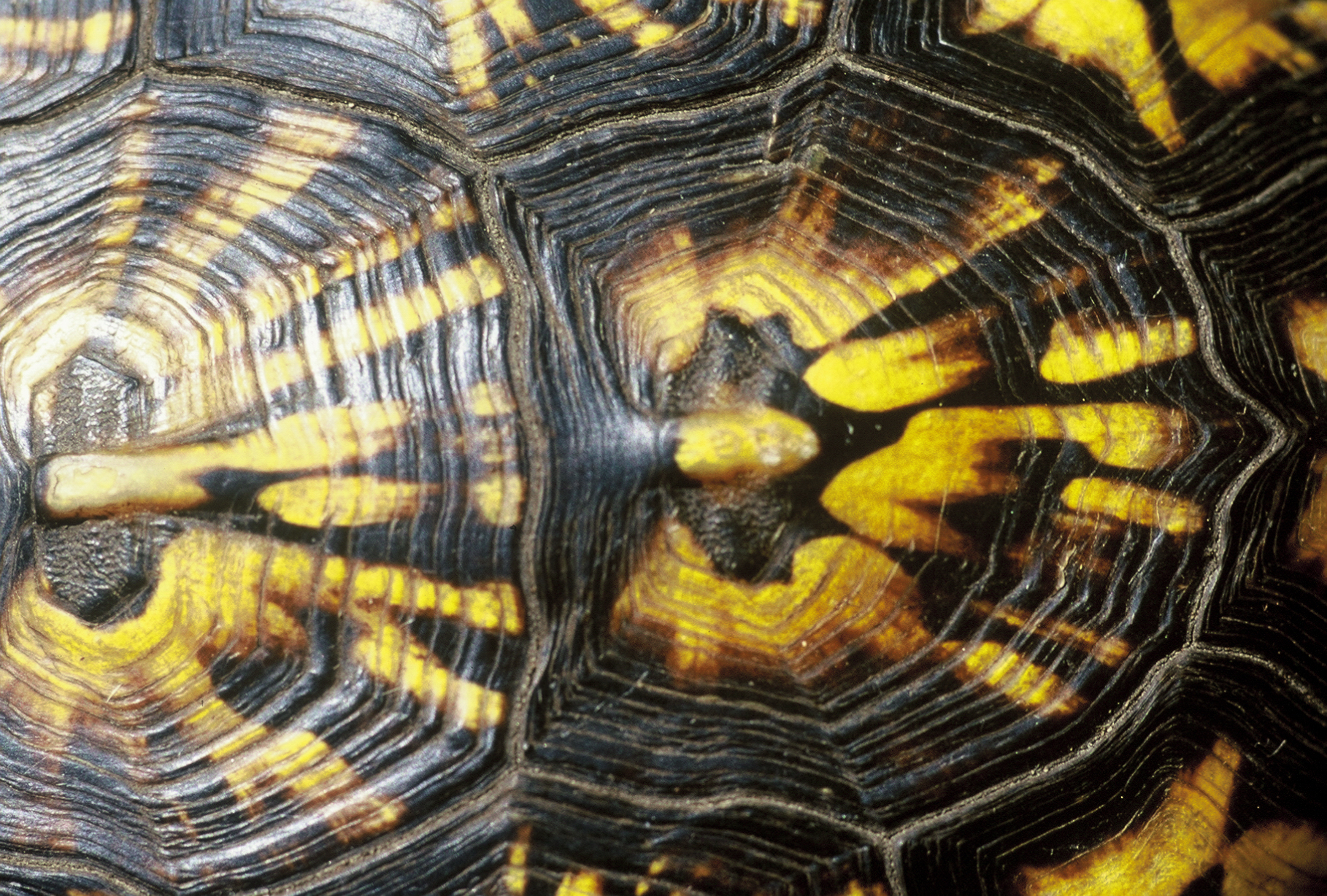



currently unavailable For quite a few years, I had connections from a seed collector who had a very good eye for finding oaks in the western U.S. He traveled a bit and was able to locate and find some types of oaks that were usually cultivated in some manner or form and then getting there under the trees just at the right time for picking up the acorns. This is not as easy as it sounds. Sometimes the owners of the trees would rake the acorns and then throw them away. Others were not sympathetic to a stranger cleaning their lawn or property picking up acorns. Some were abandoned research projects to some extent that had been moved to the suburbs! Believe me the market for acorns is not lucrative. It is one of the lowest priced seeds there are on a wholesale market. The issue becomes the value of the genetics and its possible use outside of the subdivision the tree resides in and how does that compare to other trees that are similar. Such is the case for the western burgambel oaks. There are some that are both native or naturalized and others no one knows for sure. I had gotten one batch of acorns that was more bur like and I grew about 2000 of the trees. Over time, I sold many and wittled down the population to a half dozen that showed excellent growth, dense compact crowns, large leaves and good yields of acorns. This group is quite different than other burgambel oaks in that the trees themselves are so vigorous.
Western burgambel oak represents a very drought tolerant oak with possibilities for use in the western U.S. and other locations throughout the world where you want to produce both a lumber tree and a good acorn producer in a dry or low rainfall temperate climate. The wide spreading crown and dense foliage makes for a very good shade producing tree. The acorns from this group are medium sized and hang deep in the cap. The acorns are produced in clusters. It is likely this strain could be grown out to find more precocious trees. This is probably a bur x bur x gambel oak type of cross and now since the are close together would create a stabilized species very quickly.
| Plant Specs |
| Genus & Species |
Quercus macrocarpa x gambelli |
